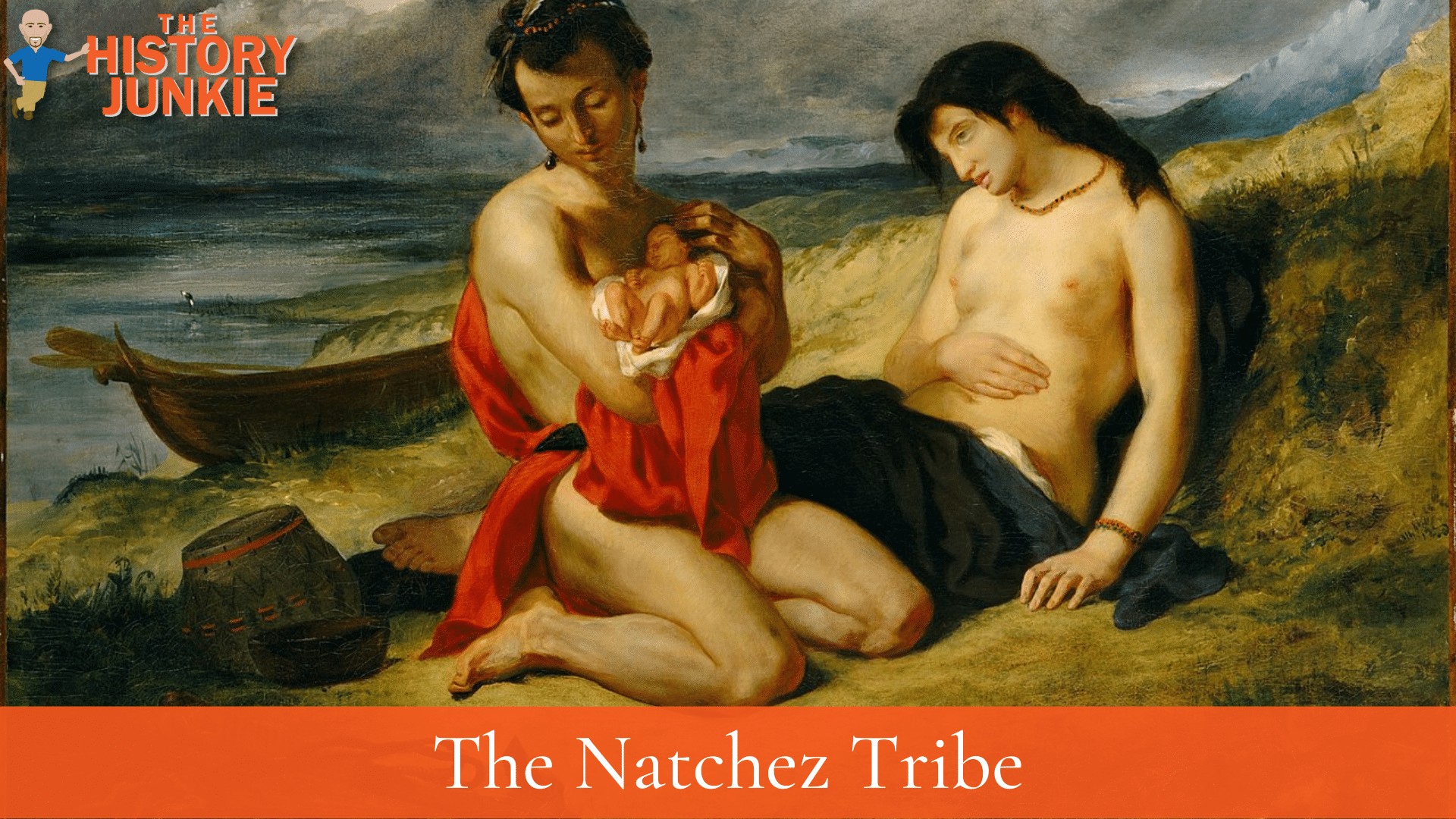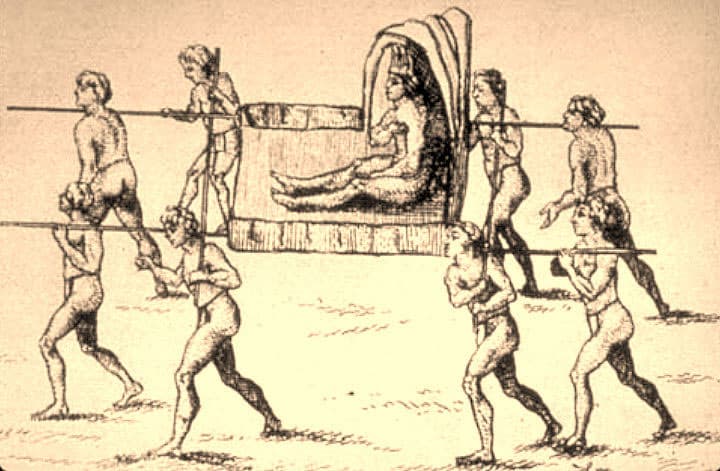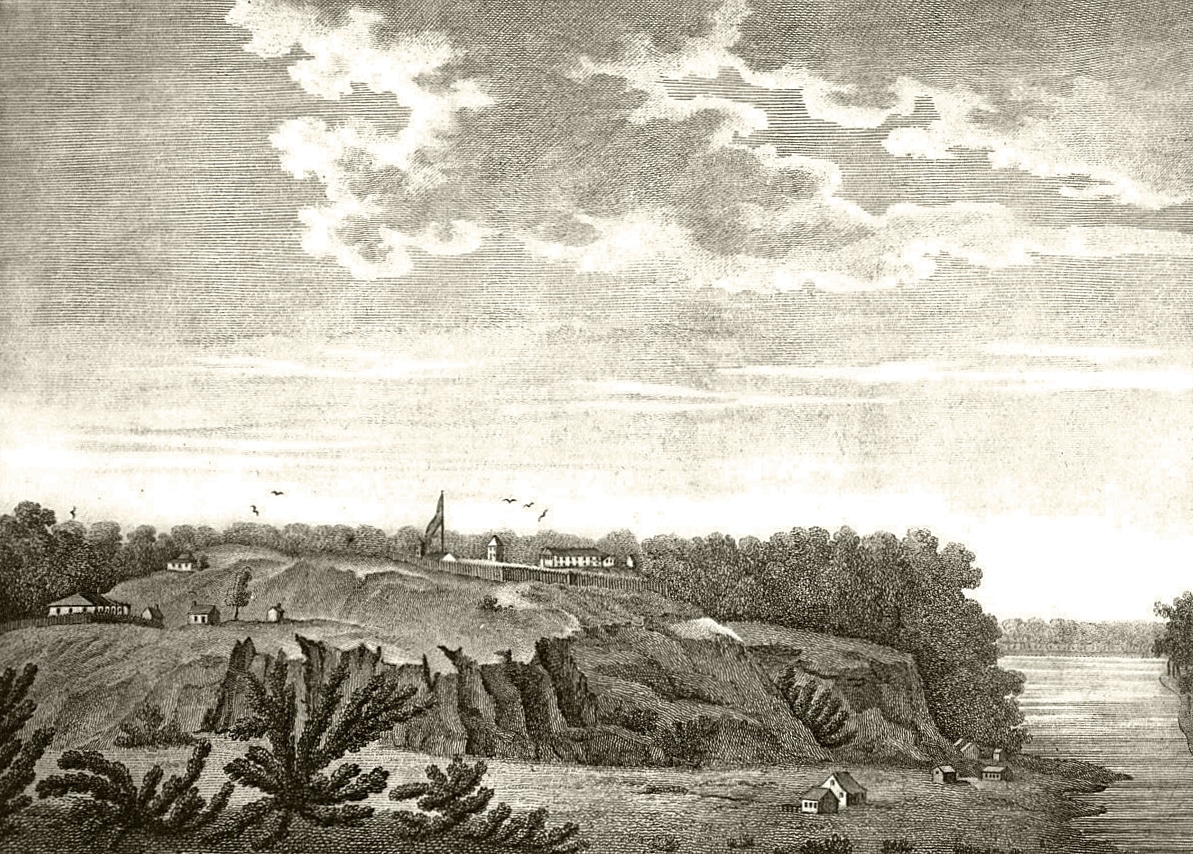
Jump to:
#1. The Natchez Tribe Was Located In The Lower Mississippi Valley
The Natchez tribe originally lived in the Lower Mississippi Valley, which is near present-day Natchez, Mississippi. They are considered a Southeast Indian Tribe.
The location meant that they were part of the Mississippian Culture. The Native Americans of the Mississippian Culture thrived prior to the period of European colonization.
While most natives lost many of their characteristics after the arrival of Europeans, the Natchez would be the only tribe of the Mississippian culture that had a complex chiefdom to survive for many years after the Europeans arrived.
#2. They Were A Strong Matrilineal Kinship Society
Like many Native Americans, the Natchez was a matrilineal kinship society. This was much different than the patrilineal kinship society that is known in the West.
A matrilineal society means that the lineage is traced through the female line rather than the male line. Most Western cultures follow their lineage through the father's line.
This was common in the Mississippian cultures.
#3. The Natchez Tribe Had A Descent System

The most notable and unusual part of the Natchez tribe was the Descent System that was used within their society.
The Descent System is complex, and there are many questions that surround it. However, what is believed is that the nobles practiced exogamy, which means that nobles were required to marry outside their class. This meant that they would marry a commoner known as a Stinkards.
It is believed that this was done in order to eliminate the commoner's class while the nobility class would grow larger.
#4. The Natchez Revolt Against The French Devastated Them

The Natchez tribe and the French enjoyed a friendly relationship up until Étienne Perier arrived as the new governor of Louisiana.
Perier had plans to grow tobacco on the Natchez land and would no longer recognize their sovereignty. He appointed a terrible man named Sieur de Chépart to oversee Fort Rosalie, which was near the Natchez settlement.
Chepart was a brutal leader who was known to abuse settlers as much as the Natchez. In November 1729, Chepart announced the complete removal of the Natchez, which escalated the situation much further and resulted in the Natchez attacking the French.
On November 28, 1729, the Natchez, led by Indian chief the Great Sun, attacked and destroyed the entire French settlement at Fort Rosalie, killing between 229 and 285 colonists and taking about 450 women and children captive.
These actions gave Perier what he needed to give the order for total destruction of the tribe.
The revolt would last for approximately 2 years, with the French eventually getting the upper hand. Multiple tribes would be involved in the war, with some allying with the French and others supporting the Natchez.
In the end, Perier would be held responsible for the revolt, but the Natchez would never politically recover from the damage. The remaining refugees would merge with the Cherokee and Creek tribes.
#5. The Natchez Developed A Constitution In 2003
Today, the primary settlements of the Natchez Nation, a treaty tribe, are within the southern halves of the Muscogee and Cherokee Nations in Oklahoma.
The nation developed a constitution in 2003, which confirms its long-held traditions of self-government. Approximately 197,000 Natchez are members of the nation.
Membership is based on matrilineal descent from people listed on the Dawes Rolls or the updated records of 1973. The nation allows citizens to have more than one tribal affiliation, asking only for work or donations to support the nation.
Natchez families are also found as members among the balance of the Five Civilized Tribes. They are represented as corporations within the Seminole Tribe of Oklahoma and Sac & Fox Nation.
